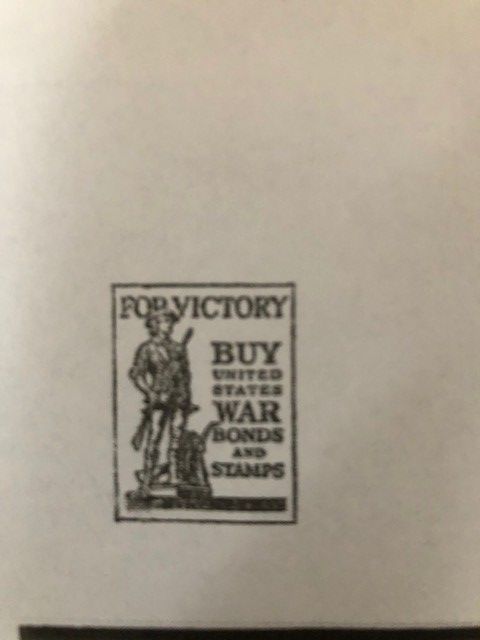Keep Calm and Bird On: May 2023
“If you don’t look, you don’t see. You have to go and look.”
-Edith Andrews

May is when we think of warblers. We dream of warblers, males in their full breeding plumage, bejeweled, radiant as they catch the light. Sometimes dreams they remain. We never know when a late Spring storm may blow in, preventing trees from blooming, insects from flying, pollinators from pollinating. Our tendency towards a late and chilly May makes some Islanders mutter “Mayvember!” as they haul the long johns back out during a surprise visit from Arctic air.
But we have always experienced delayed spring to some degree, due to the slow-to-warm ocean around us. So while our island may not have the species richness of a Cape May, a Central Park, a Mt. Auburn Cemetery, there will be treats to look and search for. Six species of warblers—now perhaps seven, as Northern Parulas sometimes linger to nest—breed on Nantucket. Only the most dire disaster will keep those birds from returning to the places they successfully raised families last year. So enjoy the Pine Warblers, already here in April and singing in the treetops. Wait for the demure Black-and-whites, the gaudy Yellow Warblers, the Common Yellowthroats, the Prairies, the American Redstarts to return. Listen for them. And we are bound to see a few migrants by the way: Magnolia, Palm, Blackburnian, Cape May Warbler—and with one of those late spring storms, who knows what else might blow in? It’s always a surprise out here.
And in the meantime, we put out the orange halves to entice Baltimore Orioles, the grape Jelly that will send catbirds into battle like inflating balloons: they puff up to assert dominance over the dish. There is always something to look at.
Photo by Trish Pastuszak
Recent Posts




